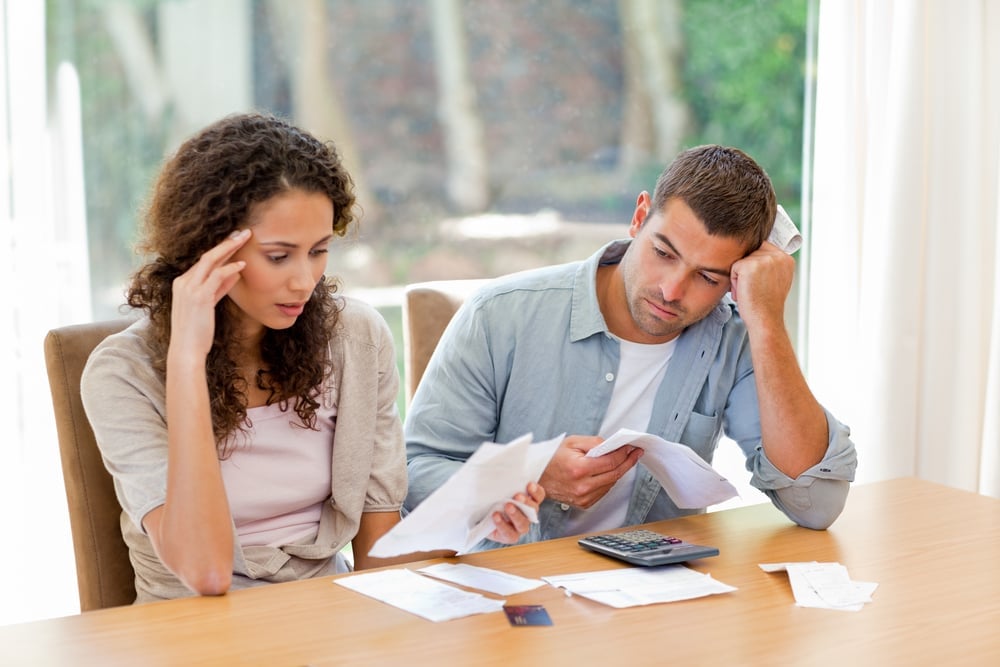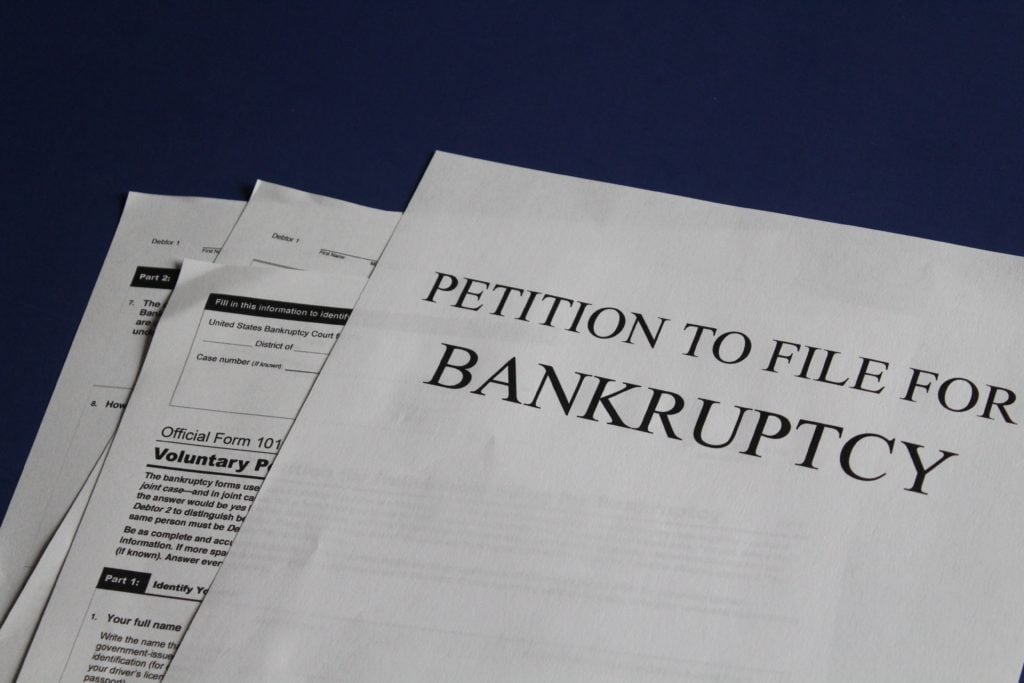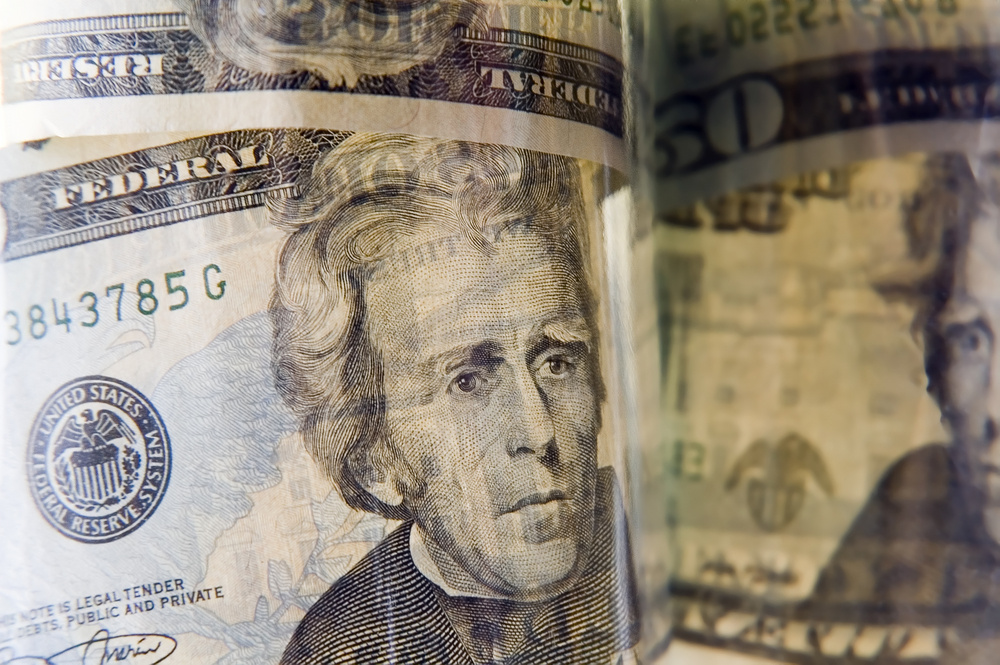Navigating Bankruptcy: How to Keep Your Home and Assets

As a bankruptcy attorney in Spring Hill, our attorney has seen the devastating impact that difficult economic circumstances can have on the average family. Unfortunately, the difficulties associated with economic catastrophes are something that our country has been dealing with for quite some time. For example, Congress’s realization that difficult economic conditions can have a serious and sometimes permanent, negative impact on the lives of average citizens can be traced back to the time of the founding of the United States itself. In 1800, a mere 13 years after the United States Constitution was ratified in 1787, Congress enacted the very first bankruptcy law according to the United States Bankruptcy Court for the District of Rhode Island, and these laws were passed for the same reason that we have our current bankruptcy code, to give people like you, who have been affected by poor economic conditions, a fresh financial start.
Today, thousands of individuals use the bankruptcy system to obtain a clean financial slate. According to the Administrative Office of the U.S. Courts, federal courts saw more than 750,000 non-business filings for bankruptcy during the 2019 fiscal year. During the prior fiscal year, federal courts saw more than 756,000 non-business filings for bankruptcy. As these statistics demonstrate, bankruptcy can be a viable legal option for many Americans, but the only question you have to answer is whether it is a viable legal option for you and your family.
Chapter 7 vs. Chapter 13 Bankruptcy
The vast majority of individual bankruptcies are filed under either Chapter 7 or Chapter 13 of the United States Bankruptcy Code, according to the Administrative Office of the U.S. Courts. The primary question posed by individuals that are considering filing for bankruptcy is “which type of bankruptcy is best for me?” The answer to the question is based on your unique circumstances, the assets that you own and wish to keep, and the amount of money you have in savings that could be used, if necessary, to pay a trustee in order to keep a particular asset. Because while it is true that your debts would be eliminated at the conclusion of a Chapter 7 bankruptcy, you may decide to file under Chapter 13 if there are certain assets that you wish to keep and that you would otherwise be unable to keep under a Chapter 7 bankruptcy due to the out-of-pockets expenses associated with keeping the asset. Consequently, you should always consult with a bankruptcy attorney to determine the ideal type of bankruptcy for your unique scenario. With that being said, there are certain differences between these two types of bankruptcies that you should be aware of.
Can I Keep My Home if I File for Bankruptcy?
According to the U.S. Census Bureau, the homeownership rate of individuals in the United States is 67.9% according to the data released by the bureau on July 28, 2020. Consequently, your home is often your primary asset, and the asset that you are most concerned about keeping. The ways in which you can keep a home after filing for Chapter 7 bankruptcy differ from the ways in which you can keep it after filing for Chapter 13, and the type of bankruptcy you choose to file, if you own a home, will often be influenced by the current status of your home loan.
Under Chapter 7, you will have to consider if you qualify for Florida’s unlimited homestead exemption. If you do qualify, and if you are current on your mortgage, you should be good to go. If you have been a resident of Florida for the past two years and have owned your home for 40 months, typically you will qualify for Florida’s unlimited homestead exemption. This means you can keep all equity in your home if you file Ch. 7 bankruptcy. If you have lived in Florida for two years but have not owned your home for at least 40 months, you can only protect about $160,000.00 of equity in bankruptcy by using the homestead exemption. Remember, we are talking about equity here, not the value of your home, so if you have not owned your home for 40 months, absent you previously placing a very large down payment on your home or making very high monthly payments, in all likelihood you do not have more than $160,000.00 in equity. Equity is based on the market value of your home (at the time of filing a bankruptcy) minus the amount you owe your mortgage company. The easiest way to figure this out is to come talk to Peck Law Firm, P.A. about your potential bankruptcy.
However, even when you meet these requirements, your home can be open to attack in certain cases based on the type of funds used to gain equity in your home. Thus, it is always advisable to speak with an experienced bankruptcy attorney in Spring Hill, FL to see if you qualify for Florida’s homestead exemption, but for those that fully qualify, the sunshine state’s homestead exemption can be a powerful tool since unlike the federal homestead exemption, the Florida homestead exemption is uncapped, meaning it would cover your entire homestead regardless of value. However, there is an acreage limitation that can vary based on the area where you live, which is why discussing your homestead with an experienced bankruptcy attorney is always advisable.
Moreover, even if you are behind on your mortgage, you may still be able to keep your home. When you file for bankruptcy under Chapter 7 or Chapter 13, the court will issue an automatic stay on all collection actions that have been filed or will be filed against you, including foreclosures, pursuant to 11 U.S.C. § 362(a). While the stay is in place, some mortgage companies may agree to a home-loan modification or some other arrangement that allows you to keep your home. The best thing in such a scenario is to call an experienced bankruptcy attorney who can explain your legal options and the likelihood of success. You can keep your home in a Ch. 13 bankruptcy even if you are behind, so long as you have the ability to catch the arrearage while at the same paying the normal mortgage payment. This is explained in more detail below.
How do I Keep my Home if I’m Filing a Chapter 13 Bankruptcy?
If you are many payments behind on your mortgage, have more than one mortgage on your home, or don’t qualify for or only partially qualify for Florida’s homestead exemption, a Chapter 13 bankruptcy might be a more appropriate option due to its cure and reinstatement provision. Pursuant to 13 U.S.C. § 1322(c)(1), a “default with respect to, or that gave rise to, a lien on the debtor's principal residence may be cured under . . . until such residence is sold at a foreclosure sale that is conducted in accordance with applicable nonbankruptcy law.” What this means is that if you are in default on your mortgage, you are given the ability to have your mortgage reinstated by repaying or “curing” the mortgage. This is accomplished by taking the amount in which you are in default and adding that amount in increments to your payments in the future over the course of three to five years, so that by the end of the repayment period, the defaulted amount has been repaid.
For example, if you are in default by $10,000, i.e. you are behind $10,000 on your mortgage payments, and your normal mortgage payment is $1,000 per month, the defaulted amount will be repaid by adding pieces of it to your future payments and making those payments over time. In our example, the $10,000 could be spread out over three years or thirty six months, which would equal roughly, $278 per month if the payments are spread out equally, this amount, the “cure,” is in turn added to your future, monthly payments, so your mortgage payments for the next three years would be $1,278. After that, your mortgage would be reinstated. It is possible to get 60 months to cure your mortgage in a Chapter 13 bankruptcy also.
The specifics of the plan can vary, but the point is that a Chapter 13 bankruptcy can provide a more attainable path to keeping your home than a Chapter 7 bankruptcy in some cases.
Can I Keep my Home if I have a Second Mortgage?
The other reason why a Chapter 13 bankruptcy might be a more appealing choice for a homeowner is due to a process called lien stripping, as provided by 11 U.S.C. § 506(a) & (d). If there is no equity in your house after accounting for the first mortgage, your second mortgage may be eligible for stripping, which is invalidating the lien that causes the second mortgage to be a mortgage and then having theCourt treat it as an unsecured debt just like a credit card. You cannot strip a second mortgage if there is any equity that can be attached to it. Lien stripping, however, is not available under Chapter 7 bankruptcies, at this time.
If there is equity that attaches to your second mortgage, you will have to pay it as part of your Ch. 13 bankruptcy plan. If you are behind on your second mortgage and cannot strip it, you can cure and reinstate it like a first mortgage, or you can pay it off during the Ch. 13 plan as a reduced interest rate. If you are current on the second mortgage at the time of filing, you can just continue to pay it outside of the Ch. 13 plan.
Bankruptcy Exemptions in Florida Explained
An exemption is a type of protection given to a debtor, by either state or federal law, that shields certain property the debtor owns from creditors. The homestead exemption is by far the most common exemption claimed by individuals filing for bankruptcy, but it can also be the most confusing due to the interplay between federal bankruptcy law and Florida’s bankruptcy laws. The federal bankruptcy code gives states the ability to “opt out” of the federal exemptions contained in the Bankruptcy Code and enact their own exemptions that apply to residents filing for bankruptcy in their state.
Florida is one state that has opted out of the federal exemptions and enacted their own exemptions under title 15, chapter 222 of the Florida Statutes, which, in many ways, provides you with much more protection than what you would otherwise be entitled to under federal law. If a person does not qualify for Florida’s exemptions because they have not lived in Florida for 2 years, the applicable exemptions will be dictated from the state in which you were previously residing the majority of the time for the six month period starting 2 years before filing.
Exemptions for Cars and Personal Property in Florida
The second concern you may have is whether you will be able to keep your car. As is the case with a home, your ability to keep your vehicle depends on both the amount of equity you have in the car and the number of cars you own. Florida’s exemption for vehicles only covers one car and only covers up to $1,000, pursuant to Fla. Stat. § 222.25(1). Thus, if you are filing for Chapter 7 bankruptcy and you are upside down on your auto loan with a single vehicle or even multiple vehicles, you may be able to keep your car without issue, because you have no equity in the vehicle(s), i.e. the car is not an asset but rather, a pure liability. If, however, you own more than one vehicle with equity in one or both vehicles or simply own one or more vehicles outright, you could be required to pay a trustee in order to keep your vehicle under a Chapter 7 bankruptcy. Similarly, though the amount you may have to pay will be different under a Chapter 13 bankruptcy, you could still be required to pay money over time as part of your repayment plan to keep your vehicle(s) depending on the amount of equity you have accrued on the vehicle(s).
How Often Can I File for Bankruptcy?
In some instances, you may have to utilize the bankruptcy system more than once, so it’s important that you understand the time limits placed on how often one can file for bankruptcy. These limits can vary based on the type of bankruptcy you have filed in the past, and they are as follows:
- If you have filed a Chapter 7 bankruptcy previously, you must wait eight years if you are going to file under Chapter 7 again.
- If you have filed a Chapter 7 bankruptcy in the past but are planning on filing a Chapter 13 bankruptcy, you must wait four years to file again
- If you have filed a Chapter 13 bankruptcy in the past and are planning on filing a Chapter 7 bankruptcy, you must wait six years to file again.
- If you have filed a Chapter 13 bankruptcy in the past and are planning on filing under Chapter 13 again, you must wait two years to file again.
All of these time periods are based on your date of filing or the date in which you filed your petition for bankruptcy, so in the case of a Chapter 13 bankruptcy, it is possible to file again while you are on a repayment plan if you are filing for bankruptcy a second time under Chapter 13.
Bankruptcy Attorney Serving Spring Hill, FL
At the Peck Law Firm, P.A., our bankruptcy attorney understands how difficult economic times can impact you and your family, and he stands ready to start working on your case immediately. So, if you or a loved one is considering filing for bankruptcy, contact our office today to find out how an experienced bankruptcy attorney can help you.






